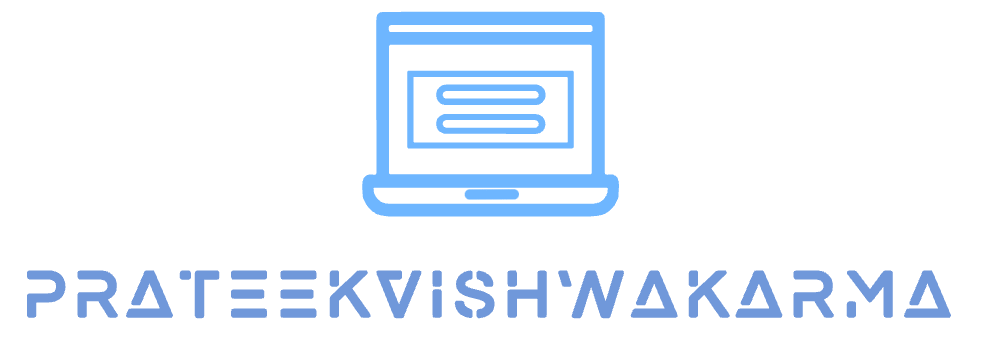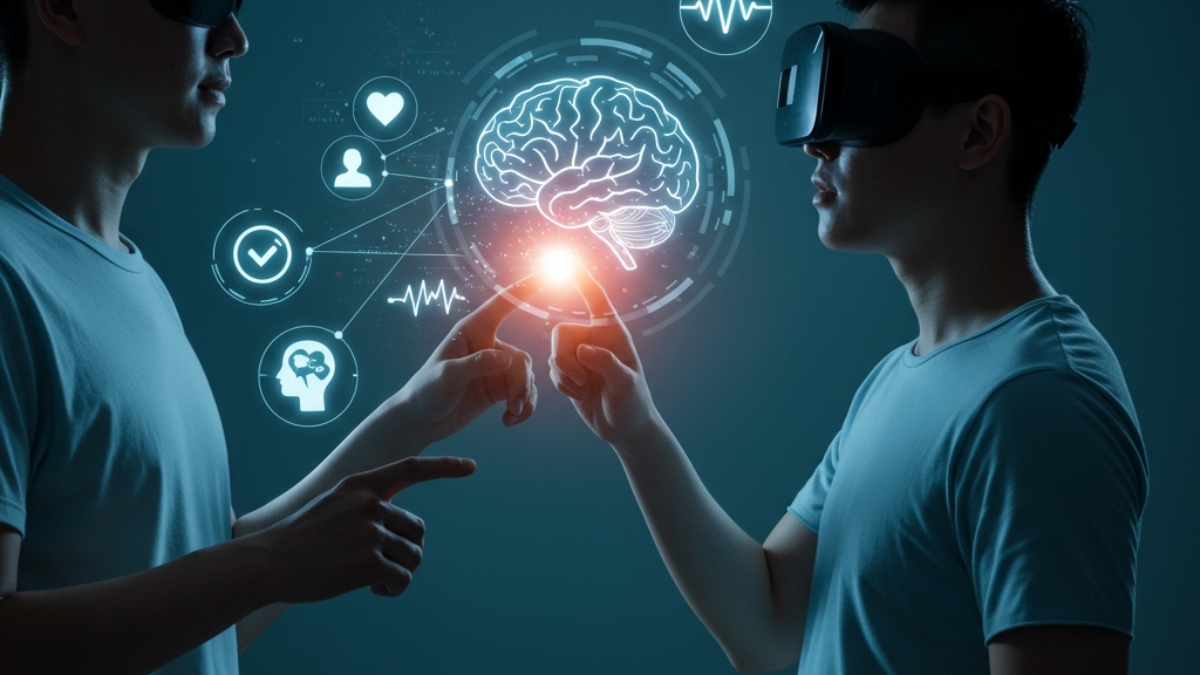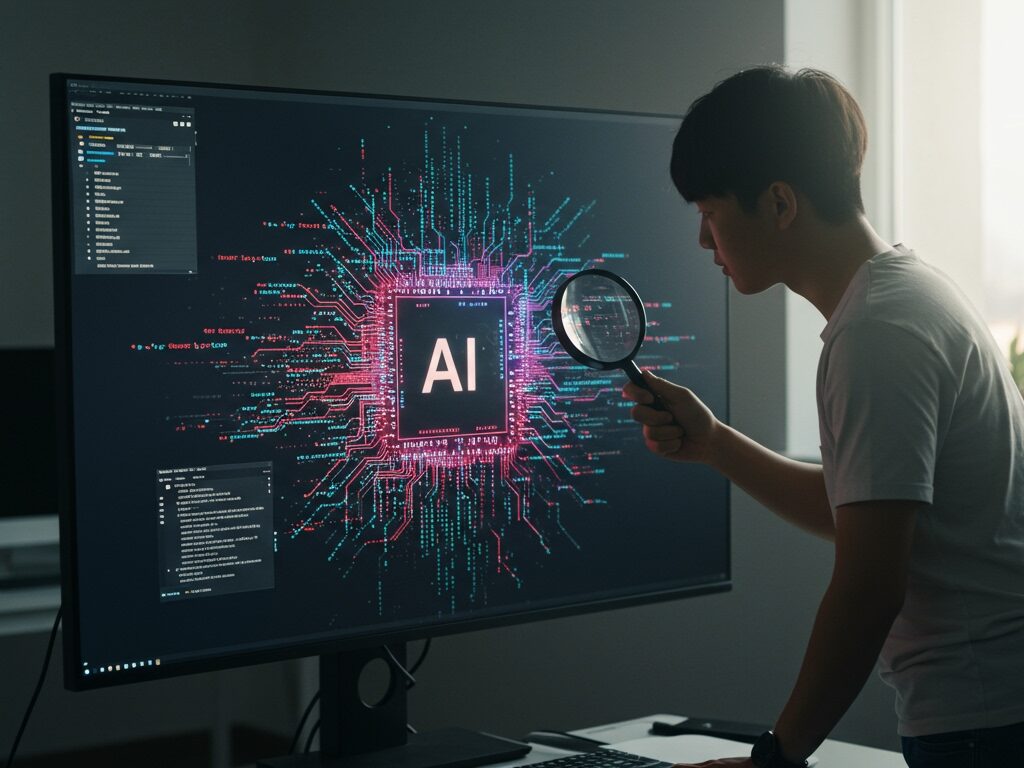Mental health support has traditionally relied on in-person therapy, but the landscape is rapidly shifting. Artificial intelligence (AI) is now playing a transformative role, offering new avenues for care. Digital therapy tools, powered by AI, are emerging as accessible and innovative solutions. This evolution prompts a crucial question: how effective are these digital interventions in providing genuine mental health support?
Key Takeaways:
- AI-powered digital therapy tools significantly enhance mental healthcare accessibility and convenience.
- Chatbots, therapeutic apps, and Virtual Reality (VR) are key types of AI-driven interventions.
- Research indicates positive outcomes for mild to moderate conditions like anxiety and depression, sometimes comparable to traditional therapy.
- User feedback highlights convenience and reduced stigma but raises concerns about impersonality and the handling of complex issues.
- Data privacy, algorithmic bias, and the irreplaceable human element are critical challenges for responsible AI integration.
The Digital Revolution in Mental Health
The demand for mental health services often outstrips the supply of qualified professionals. This gap creates significant barriers for many individuals seeking help. AI and digital tools are stepping in to bridge this divide. They offer on-demand support and help overcome traditional hurdles.
Accessibility and Convenience
Digital therapy tools provide immediate access to mental health support, often without long wait times. Users can engage with these platforms anytime, anywhere, removing geographical and scheduling constraints. This flexibility is particularly beneficial for those in remote areas or with busy schedules. Many AI mental health tools are also more affordable, or even free, compared to traditional therapy. This democratizes access to professional-level support.
Bridging the Gap: Personalization and Anonymity
AI algorithms can analyze user behavior and mood patterns to offer tailored guidance. This leads to more personalized interventions. This adaptability helps make self-guided therapy more effective. For some, the anonymity of interacting with an AI offers a less intimidating starting point. This reduces the stigma often associated with seeking mental health care.

Types of AI-Powered Mental Health Tools
The application of AI in mental health spans various digital formats, each with unique features and benefits.
Chatbots and Conversational AI
AI-powered chatbots, like Woebot, Wysa, and Youper, are designed to deliver evidence-based therapeutic techniques. Many utilize cognitive behavioral therapy (CBT) principles. They offer real-time text-based conversations, psychoeducation, and exercises. These bots can be a non-judgmental space, which some users find easier than talking to a human. Studies show they can significantly reduce symptoms of depression and anxiety.
Therapeutic Apps and Wearables
Beyond chatbots, a range of mental health apps offer self-paced psychoeducation and therapeutic exercises. These often incorporate mindfulness, journaling, and mood tracking features. Some apps integrate with wearables to monitor sleep patterns, physical activity, and heart rate variability. This data can provide continuous insights into a user’s mental state. It allows for early detection of potential issues.
Virtual Reality (VR) for Immersion
Virtual Reality (VR) therapy creates immersive simulated environments for therapeutic purposes. It’s particularly effective for exposure therapy, helping individuals confront fears like phobias, PTSD, and social anxiety in a safe, controlled setting. VR can simulate situations that are difficult or risky to recreate in real life. Studies indicate VR therapy can lead to significant symptom reduction across various conditions.
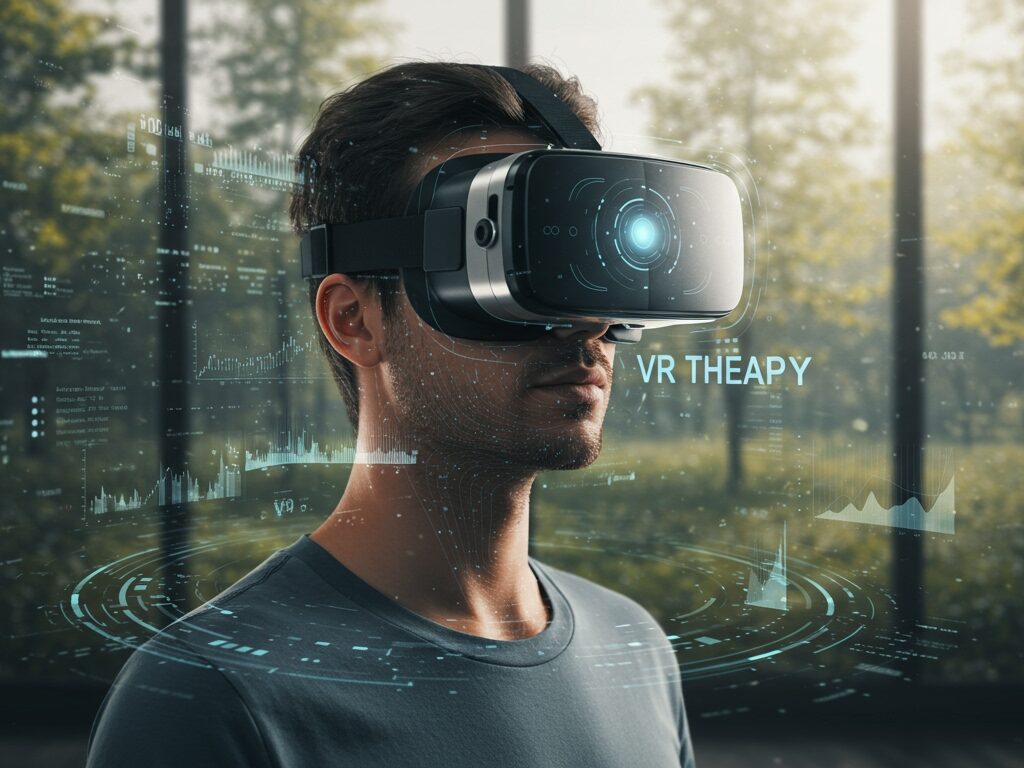
Assessing Effectiveness: What the Research Says
The growing adoption of AI in mental health is backed by an increasing body of research. While the field is still evolving, initial findings are promising.
Positive Outcomes and Limitations
Numerous studies suggest that AI-powered digital therapy tools are effective, especially for mild to moderate anxiety and depression. For instance, research shows AI-powered CBT apps can be as effective as in-person therapy for depression in some cases. Participants often experience significant reductions in symptoms. AI can also aid in early detection by analyzing patterns in data from conversations or wearables. However, it’s crucial to note that these tools are generally seen as complementary to, rather than replacements for, traditional therapy for complex or severe mental health conditions.
User Perspectives: Insights from Reddit & Quora
Online forums like Reddit and Quora offer a window into real-world user experiences with AI mental health tools. Many users express appreciation for the convenience and low cost. “I’ve used ChatGPT for therapy and absolutely love it,” shared one Reddit user, viewing it more as a “coach” for self-study and exercises. Others found AI helpful when traditional therapy was unaffordable or inaccessible.
However, common concerns also emerge. A Quora user noted the impersonality: “There is no way to feel warm-bloodedness. I believe that is critical to have in psychotherapy.” Some users struggle with the AI’s ability to grasp emotional nuance or complex trauma. There are also candid admissions of feeling surprisingly attached to an AI, only to be disappointed by its lack of memory for past conversations if data is lost. This highlights the unique challenges of building a “therapeutic alliance” with a non-human entity.
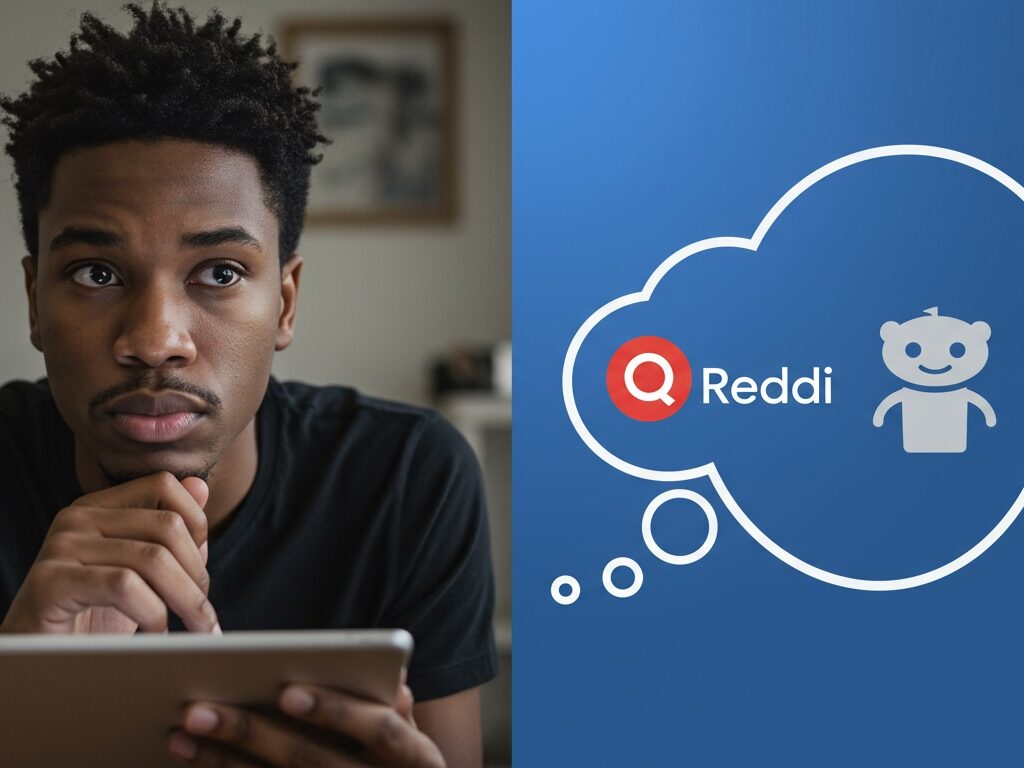
Challenges and Ethical Considerations
Despite the promise, the rise of AI in mental health brings significant challenges that require careful navigation.
Data Privacy and Security
Mental health data is highly sensitive. The use of AI tools necessitates stringent data protection measures. Concerns include potential data breaches, unclear third-party data sharing policies, and a lack of transparency in how AI processes information. Encryption, secure storage, and clear user consent are essential to safeguard privacy and build trust. Users frequently voice concerns on forums about their sensitive data being misused by “greedy companies.”
The Human Element: When AI Isn’t Enough
While AI can offer structured support, it cannot replicate human empathy, intuition, or the nuanced understanding required for complex psychological issues. The therapeutic relationship, built on trust and understanding, remains a cornerstone of effective therapy. AI tools may struggle with severe mental health conditions, crisis intervention, or situations requiring deep emotional insight. As one therapist on Quora put it, AI lacks “instinct” compared to a human.
The Future Landscape of AI in Mental Healthcare
The future of AI in mental health is likely to involve increasingly sophisticated tools. These will work in concert with human professionals rather than replacing them. Hybrid models, combining AI-driven support with human oversight, are gaining traction. This approach leverages AI for routine tasks, data analysis, and immediate support, freeing up human therapists for complex cases. Innovations include personalized AI recommendations, integration with wearable devices for real-time mood tracking, and improved early detection capabilities. As technology evolves, stronger ethical guidelines and regulatory frameworks will be crucial. They will ensure responsible and patient-centered development and deployment of AI.
Conclusion
The rise of AI in mental health represents a significant paradigm shift. Digital therapy tools offer unprecedented accessibility, affordability, and personalization. They show promising effectiveness for a range of conditions. Yet, important considerations around data privacy, ethical use, and the irreplaceable human connection persist. As technology advances, a balanced approach that integrates AI’s strengths with the unique qualities of human therapists appears to be the most effective path forward. This will help create a more comprehensive and empathetic mental healthcare system for all.
Frequently Asked Questions (FAQ)
Q1: Can AI therapy replace human therapists?
A1: Currently, AI therapy tools are generally considered supplemental to, rather than a replacement for, human therapists. While effective for mild to moderate conditions and providing accessible support, they lack the emotional nuance, empathy, and ability to handle complex or crisis situations that human professionals offer.
Q2: How accurate are AI tools in diagnosing mental health conditions?
A2: AI tools show promising accuracy in detecting early signs and patterns associated with mental health conditions like depression and anxiety. However, their diagnostic accuracy can vary, and they are typically used to assist clinicians rather than provide definitive diagnoses.
Q3: Are digital therapy tools secure and private?
A3: Data privacy and security are major concerns for AI mental health tools due to the sensitive nature of the information involved. Reputable apps employ strong encryption and aim to comply with privacy regulations like HIPAA. However, users should always review privacy policies carefully and be aware of data sharing practices.
Q4: What types of mental health conditions can AI tools help with?
A4: AI tools are most commonly used for managing symptoms of mild to moderate anxiety, depression, stress, and specific phobias. VR therapy is particularly effective for anxiety disorders, PTSD, and phobias. They are generally not recommended as a standalone solution for severe conditions or mental health crises.
Q5: How do users generally feel about talking to an AI for mental health support?
A5: User opinions are mixed. Many appreciate the convenience, anonymity, and lack of judgment from AI. Some find it helpful as a “coach” or for routine support. However, others report feeling a lack of genuine human connection, concerns about privacy, and limitations in the AI’s ability to understand complex emotions or remember past interactions contextually.
